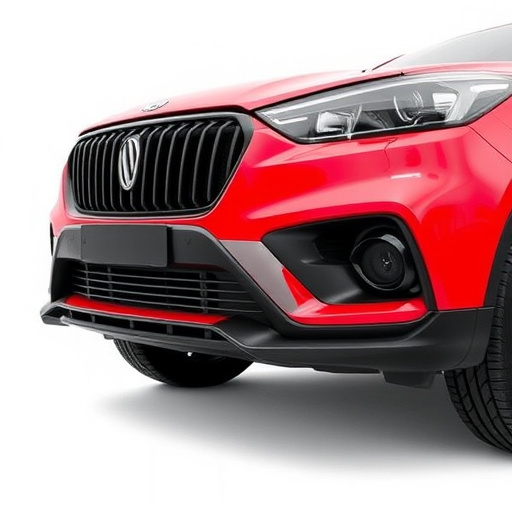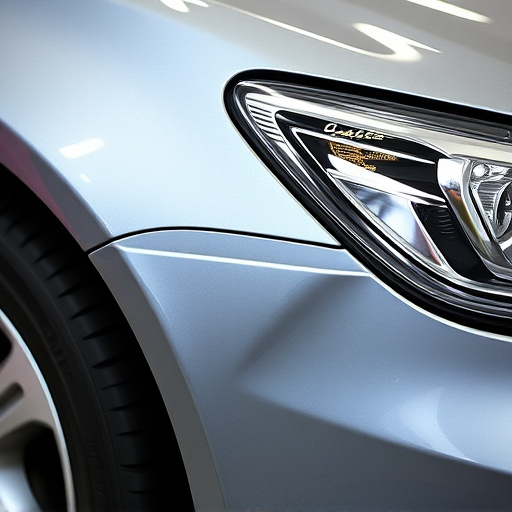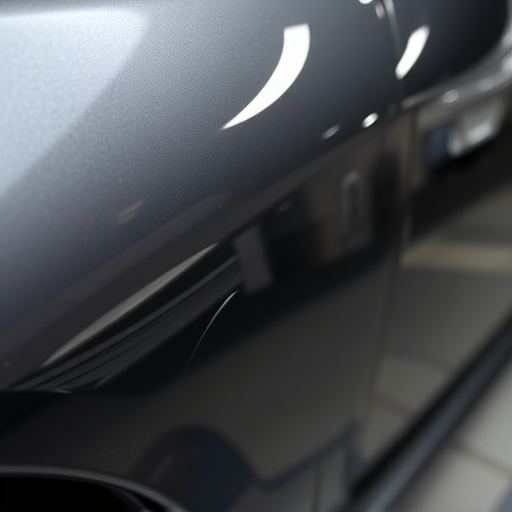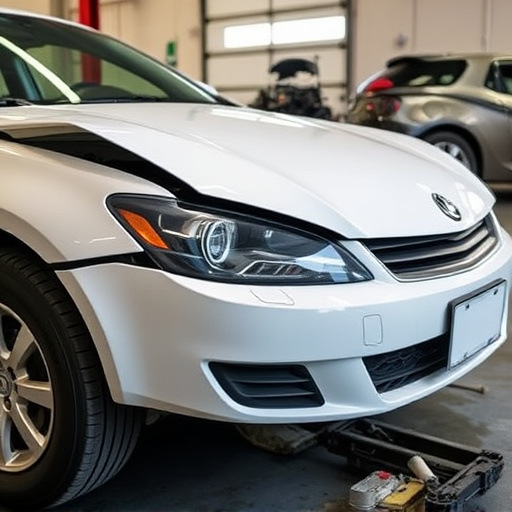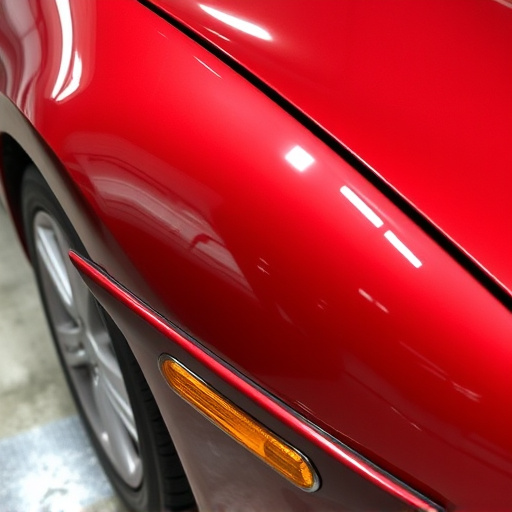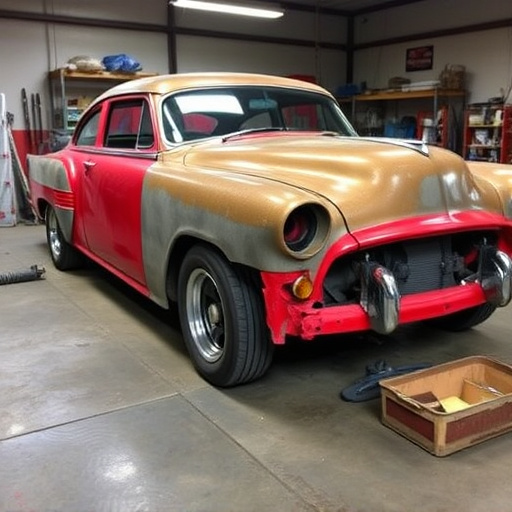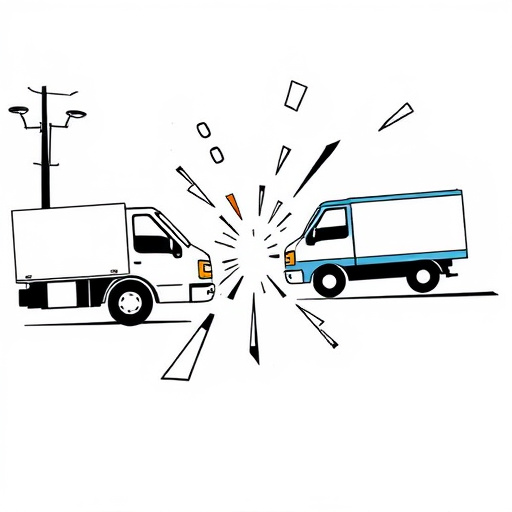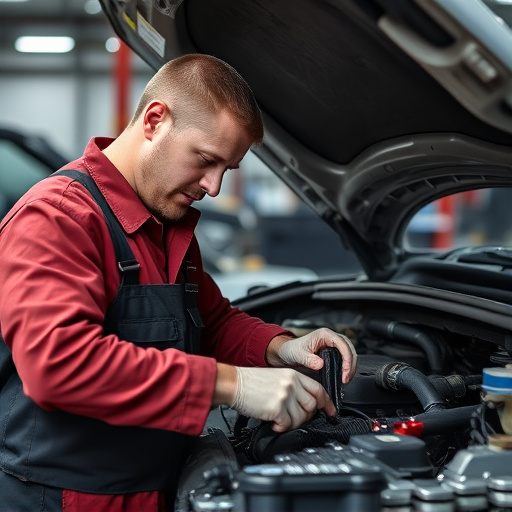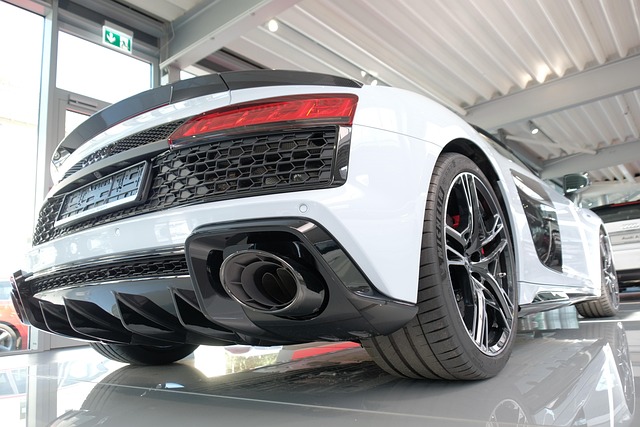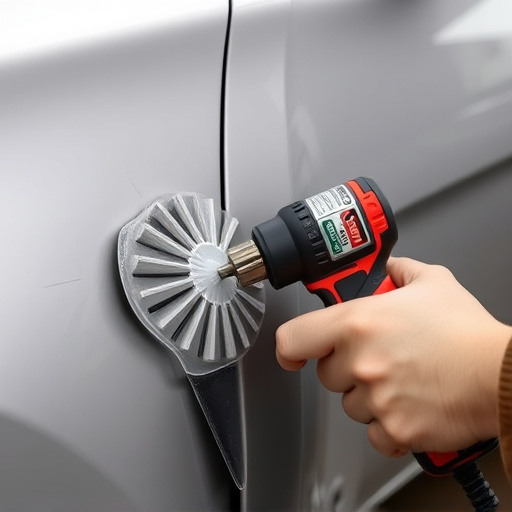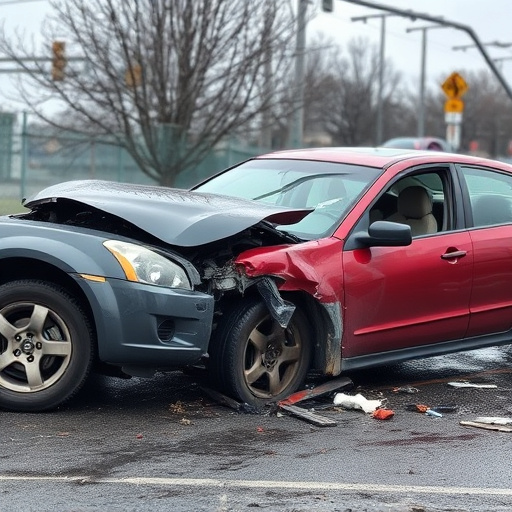Rising collision frame repair costs by 2025 due to complex vehicle designs, material shortages, higher production costs, and meticulous paint/dent services. Automakers and repair shops adopting innovative solutions like paintless dent repair, advanced tools, streamlined workflows, robotic systems, 3D scanning, and CAD to maintain efficiency and quality while managing costs.
In 2025, collision frame repair costs are on the rise, presenting a significant challenge for the automotive industry. This article delves into the factors driving up expenses, with a focus on material scarcity, labor shortages, and advanced technology integration. We explore strategies to mitigate these costs, including adopting efficient repair methods, investing in training, and leveraging innovative tools. By understanding these trends, auto body shops can navigate the rising collision frame repair landscape and stay competitive.
- Rising Costs: A New Reality in Collision Repair
- Factors Driving Up Frame Repair Expenses
- Strategies to Mitigate Increased Collision Frame Repair Costs in 2025
Rising Costs: A New Reality in Collision Repair
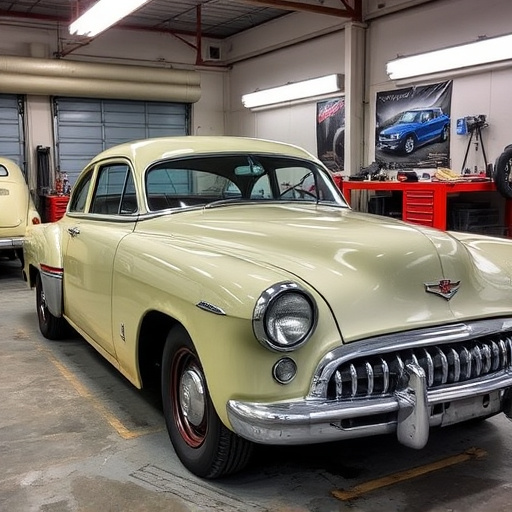
In recent years, the automotive industry has witnessed a significant shift in collision frame repair costs. This trend is set to continue and intensify in 2025, presenting both challenges and opportunities for auto collision centers. The primary driver behind this increase is the rising cost of materials, labor, and technology required for sophisticated vehicle paint repair and intricate car damage repair processes. Advanced techniques, such as computer-aided design (CAD) and robotic welding, are becoming the norm, but they come at a premium price.
As vehicles continue to evolve with advanced safety features and lightweight materials, collision frame repairs have become more complex and labor-intensive. This complexity, coupled with the need for highly skilled technicians and specialized equipment, has led to substantial increases in auto collision center operational costs. Consequently, collision frame repair prices are expected to rise across the board, impacting both insurance providers and vehicle owners. However, this shift also opens doors for centers to invest in cutting-edge technology and training, potentially enhancing their services and maintaining competitiveness in the market.
Factors Driving Up Frame Repair Expenses
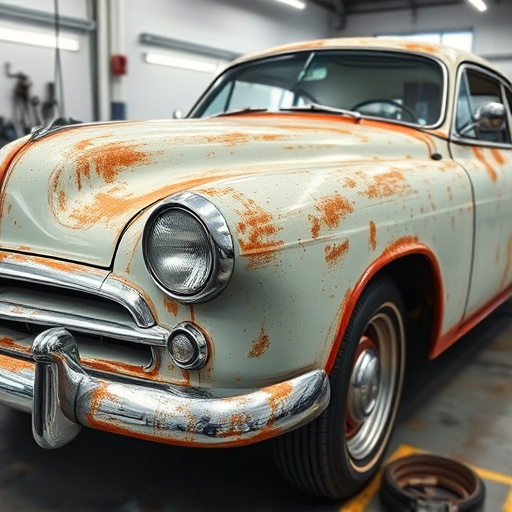
The rising costs of collision frame repair in 2025 can be attributed to several key factors. One of the primary drivers is the increasing complexity of modern vehicle designs, which often incorporate advanced materials and sophisticated safety features. These components, while enhancing safety, are more intricate and expensive to replace or repair than traditional parts. The need for specialized equipment and highly skilled technicians further exacerbates these costs.
Additionally, the global shortage of automotive-grade materials, including steel and aluminum, has significantly impacted collision frame repair expenses. This scarcity, coupled with rising production costs, pushes up the price of replacement parts. Furthermore, as vehicles age, routine maintenance and repairs become more frequent, adding to the overall financial burden on auto body shops. These challenges are exacerbated by the increasing demand for vehicle paint repair and dent removal services, which require meticulous attention to detail and specialized techniques.
Strategies to Mitigate Increased Collision Frame Repair Costs in 2025
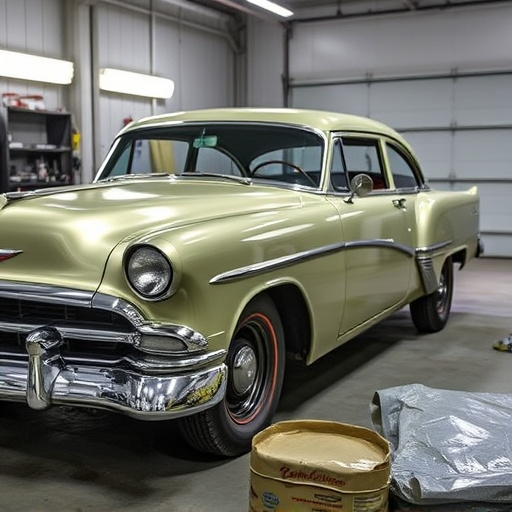
With collision frame repair costs rising in 2025, automakers and repair shops are looking for innovative strategies to mitigate these expenses. One effective approach is to prioritize paintless dent repair techniques, which can significantly reduce labor costs associated with traditional collision frame repairs. By utilizing advanced tools and specialized training, technicians can efficiently remove dents and dings from car bodywork, minimizing the need for extensive panel replacement.
Additionally, investing in modern equipment and adopting streamlined workflows can enhance overall efficiency in collision repair. Advanced robotic systems, for instance, can precisely cut and form metal, reducing the time spent on manual labor. Incorporating digital technologies, such as 3D scanning and computer-aided design (CAD), allows for more accurate measurements and precise body panel alignment, further lowering the risk of costly errors. These strategies not only help control costs but also ensure high-quality car bodywork restoration.
As we approach 2025, it’s clear that collision frame repair costs are on the rise, driven by a confluence of factors. However, with proactive strategies in place, the automotive industry can mitigate these increased expenses. By adopting innovative technologies, enhancing training programs, and promoting efficient workflows, professionals can ensure more cost-effective collision frame repairs without compromising quality. Staying informed and adaptable will be key to navigating this evolving landscape of collision frame repair.
